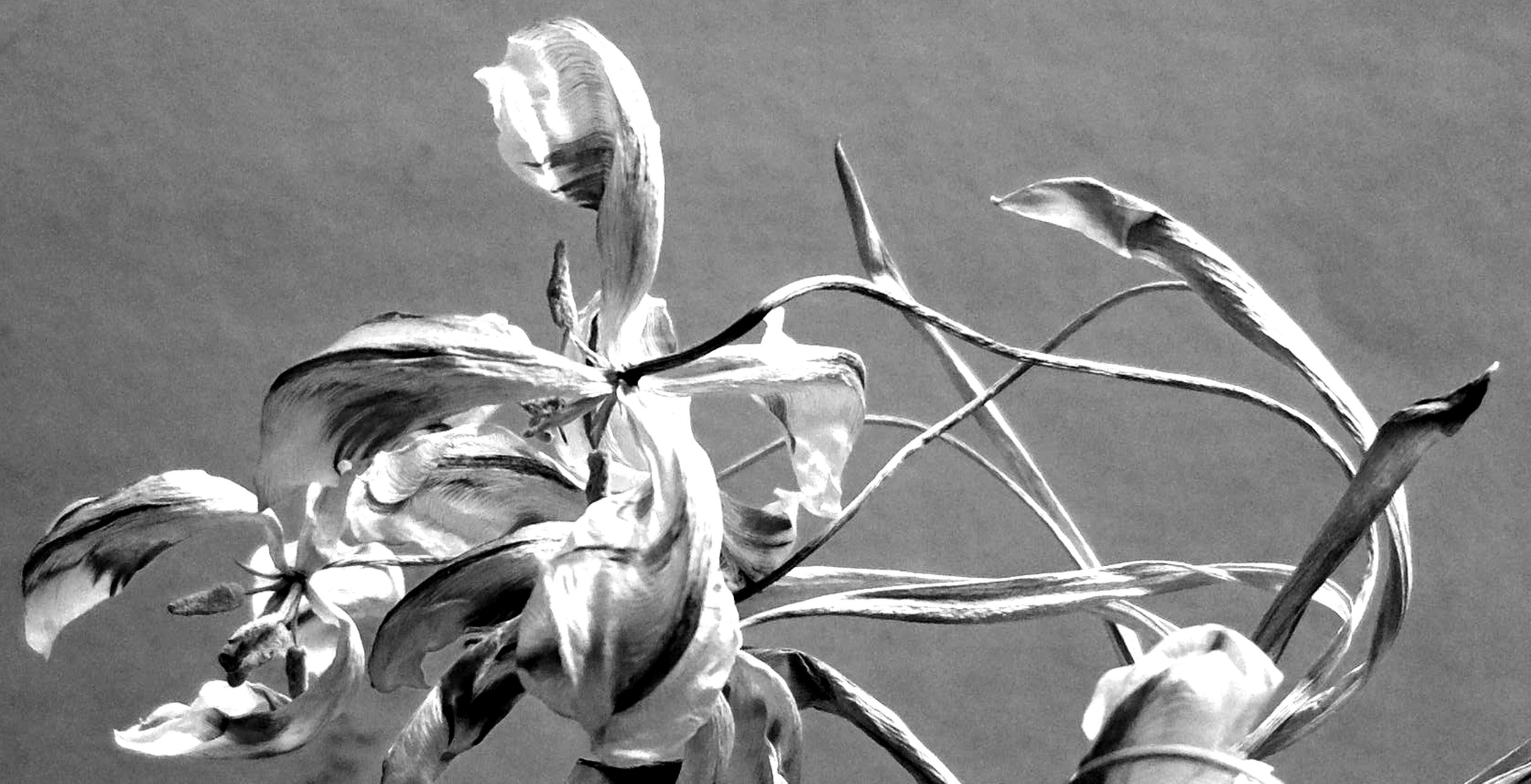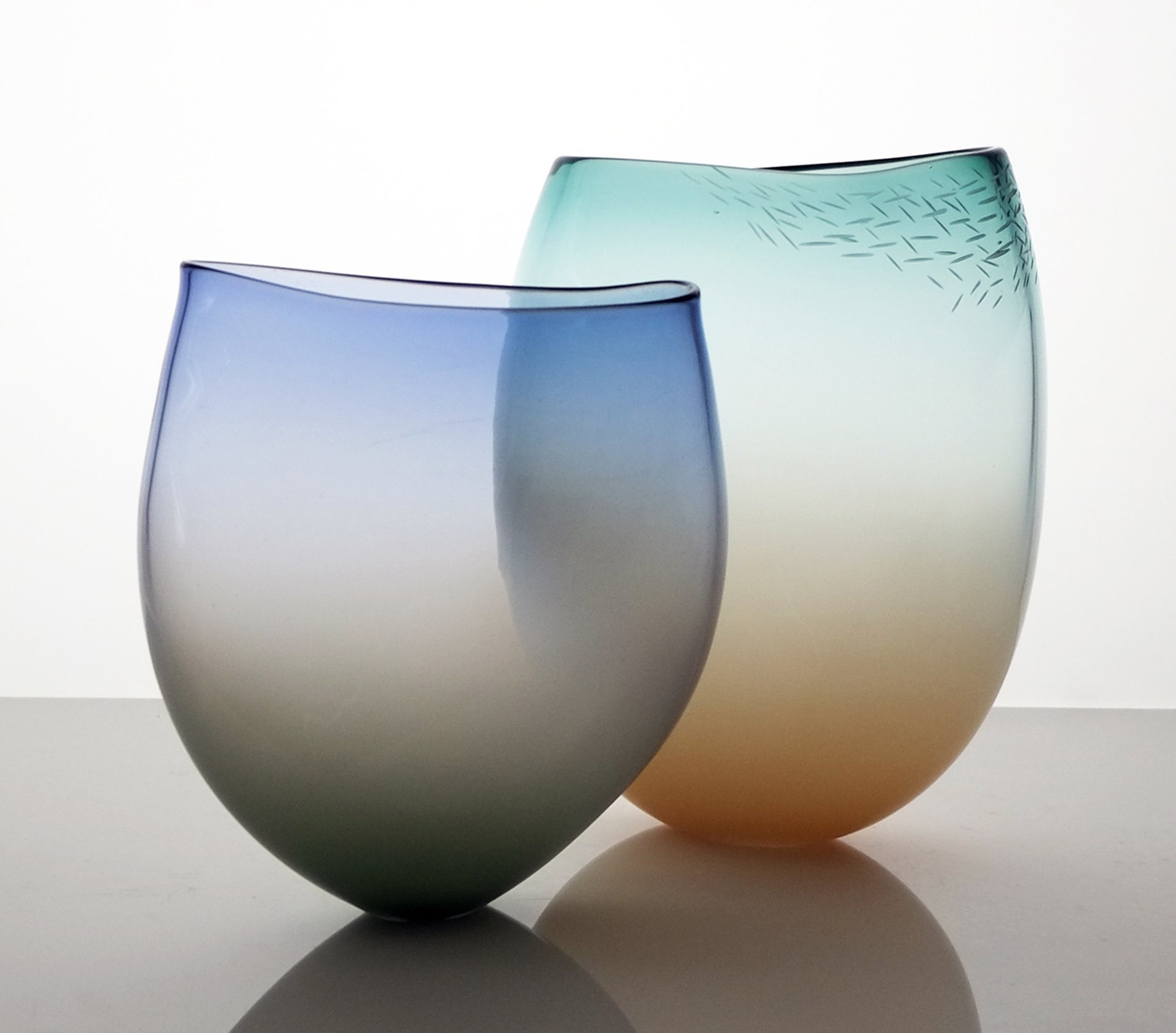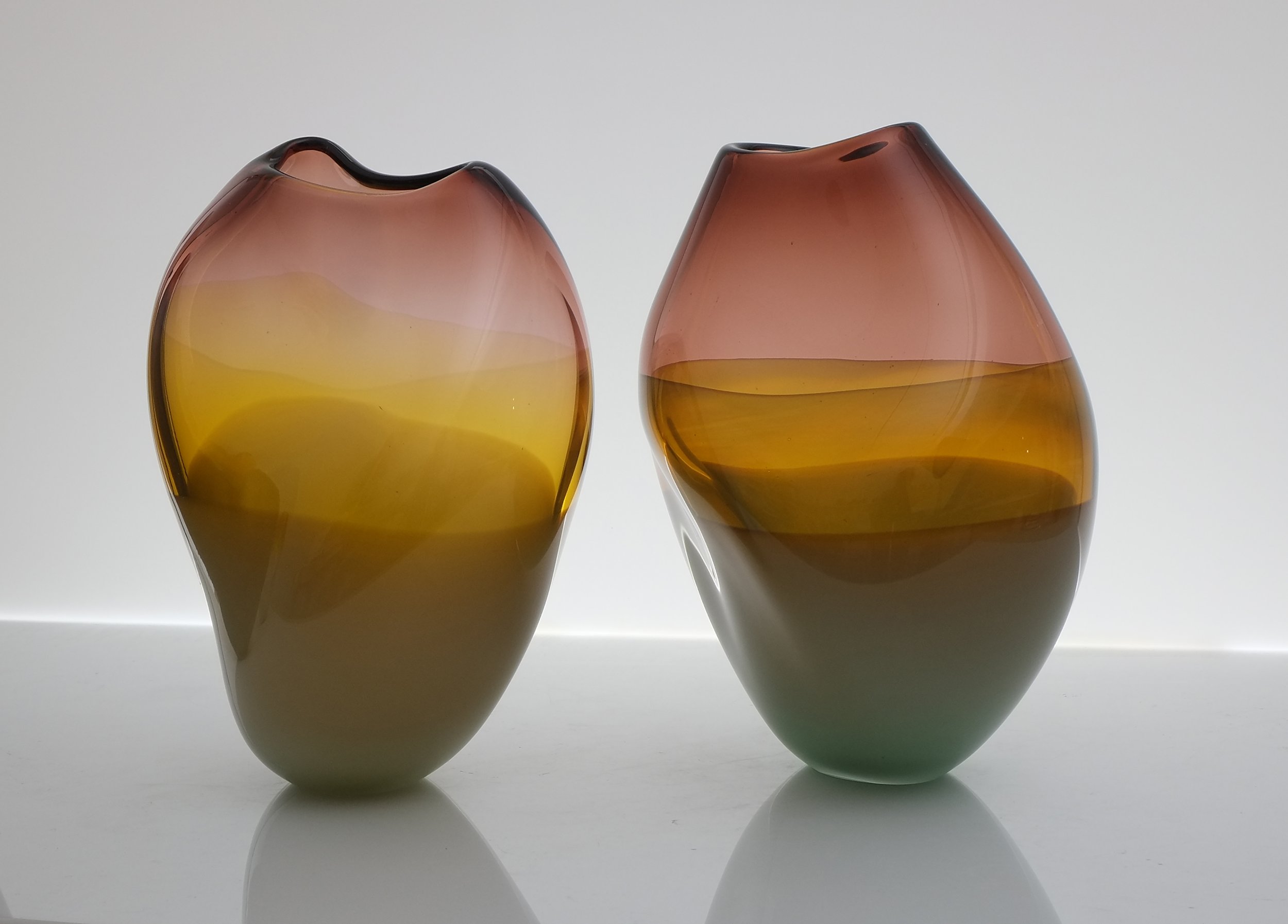About
Michele Oberdieck is an artist who has been working with blown glass techniques since her MA in Glass at the Royal College of Art in 2016.
Previously studying textile design at Glasgow School of Art, she ran a successful printed textile practice for several years based at the Oxo Tower, London.
Michele has exhibited and sold works internationally in Italy, France, Japan, Lebanon, USA, South Korea, Canada, as well as in the UK.
She lives in London, working principally from her studio in Holborn and in hot glass workshops located in the UK.
At the beginning of this year Oberdieck was invited to exhibit a new series of sculptural glassworks, as one of fourteen artists, at the prestigious Collect Open 2023 in Somerset House as part of Collect Art Fair.
Previously her work was selected for the European Prize for Applied Art Exhibition 2022 in Belgium, as well as one of the 50 international artists at the Ireland Glass Biennale 2019. For the last three years she was invited to exhibit at Venice Glass Week.

Inspiration
Michèle is drawn to biomorphic shapes found in plant growth and decay, such as the delicate forms tulip petals take on this journey. These beautiful twisted organic shapes reveal the motion of aging stopped in its tracks.
It is this transformation that she aims to capture in glass. The shapes twist and gently turn, resisting the pull of symmetry, finding their own unique way.
Colour
Colour has always played an important role in Oberdieck’s work, from her past practice in printmaking and textiles, to her works in glass which offers a unique way to express the delicacies of colour and its interaction with light.
The luminosity of colours found in the sky as day turns to dusk with the pivotal light from the sun or moon glowing through layers of folded clouds is capitivating.
Her artistic influences are evident in works by American Abstract expressionists, such as Rothko, Bonnard, Bowling, Helen Frankenthaler, and the soft forms of Jean Arp’s sculptures.
Colour and form evolve together in these glass works. The free tonal movement of colour flows within the glass creating cascades of reflection.
"When working with glass, one starts with colour. It moves as the form starts to evolve. Each colour reacts differently to one another, as the opaque and transparent colours move at different speeds. Softer colours become milky and more malleable while harder colours remain rigid, creating defining lines. The proportion of colours used impact a piece dramatically, as does the proportion of transparency revealed.
Discovering how dramatically different light-sources affect colour constantly inspires me, as does the resulting shadows glass-shapes make, creating another dimension.
Vivid, subtle, expressive - it is important how the tone works with the shape. The size of the base affects the proportion of the piece, impacting how the colour appears, as does the width of the rim which controls the amount of light coming through."









